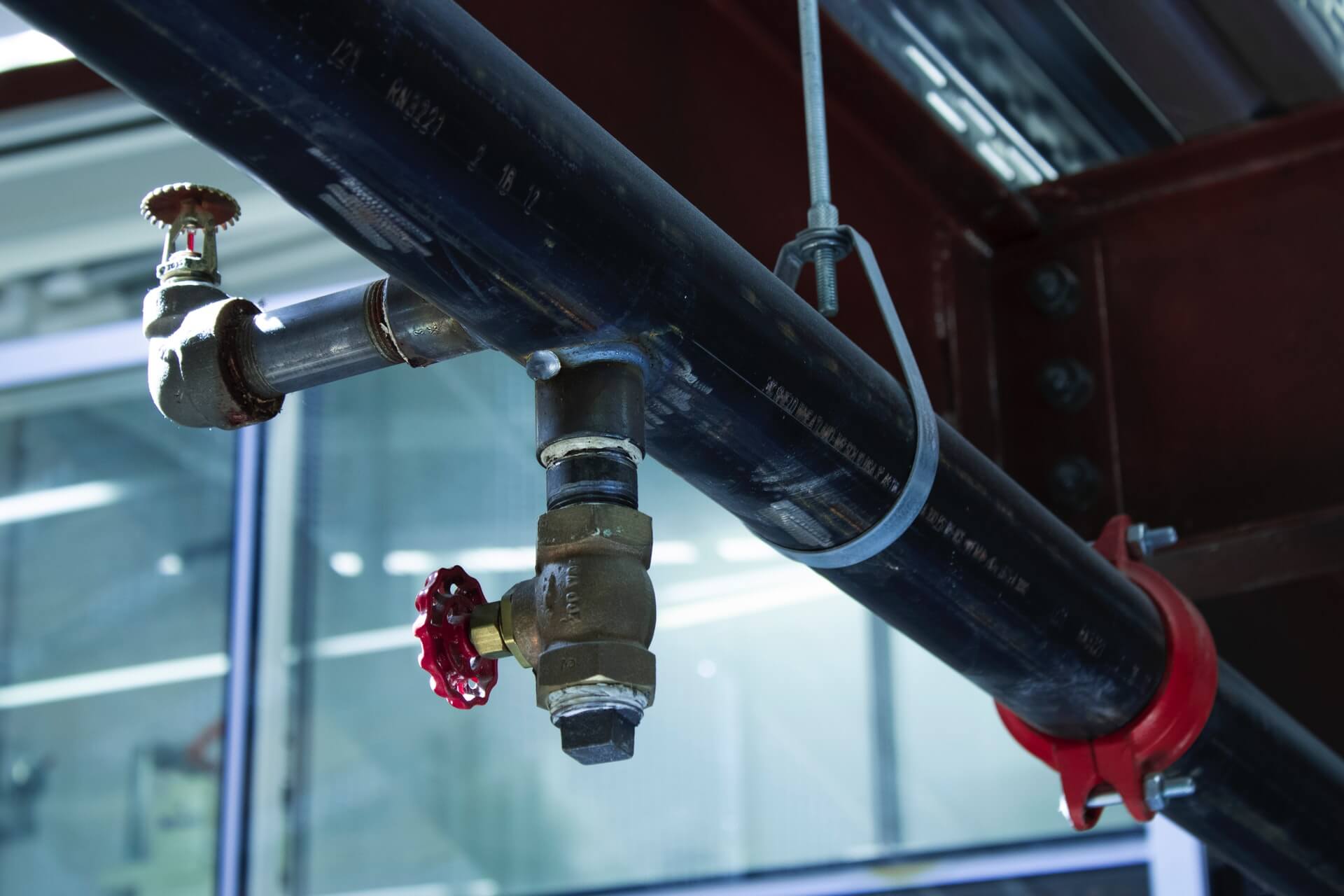Irrigation controllers and pumps are now employed in practically all agricultural activities to pump water from a lower level to a higher one or to raise water pressure for sprinkling on the field. Pumps are the core of most irrigation systems. The normal municipal water pressure is often sufficient for sprinkling water on our yard using a garden hose. Irrigation systems, however, need a considerably higher pressure to function well.
The propeller, deep-well turbine, submersible and centrifugal pumps are the most common types of pumps used in irrigation. Surprisingly, the first three types of pumps are all different kinds of centrifugal pumps. Availability of a water source, desired pumping flow rate, total suction head and total dynamic head are all factors to consider when choosing an irrigation pump.
Below are some of the common irrigation water pump problems.
- Low flow rateReduced or lower-than-expected water flow is one of the most common issues with water pumps. Low flow implies greater downtime for the crew while watering the construction, which costs money and puts deadlines at risk. Low water flow is often due to the situation rather than your water pump.Some of the reasons include:-Distance from the water source-Decreases supply line diameter-Obstruction in the intake line-Improperly connected motor
- Insufficient water supplyFor various reasons, there may be no or insufficient water supply. The most prevalent reason is partially or entirely blocked strainer at the water supply. Garbage, weeds, trash and other organic and inorganic elements are drawn into the intake might clog it. The following are some of the additional issues that might lead to a lack of water supply such as pipeline obstruction or damage or low water levels at the water source.Cavitation in classic irrigation pumps can occur because of low or no water supply. This, in turn, can cause pitting in the pump's components, lowering efficiency, weakening structural integrity and shortening the system's life expectancy.
- Power supply issuesIrrigation controllers are usually found near the power grid's end. Because the pumps that deliver water to the pivots consume the most energy in the irrigation system, they are the first to fail if there is a power outage. When a load is put to a soft power grid, the voltage will drop. The amp drain on the system will grow as the voltage declines. This situation can last until the system fails due to low voltage. Due to the enormous heat created in the engine, these conditions might potentially cause motor failure.
- Water quality problemsSmaller particles can create abrasion difficulties in irrigation pumps, while bigger particles might cause clogging concerns. Water containing tiny particles (like sand and silt) is extremely abrasive. It can harm the inside surfaces of the pump and related equipment, reducing efficiency and shortening the pump's lifespan. Corrosion can be caused by high/low pH or chemical pollutants in the water, which reduces the pump component's service life.As a result, the pump designer and producer must carefully select the pump's construction material. Whether the water is pure and clear or includes particles and chemicals, it should be appropriate for the water quality.
- PrimingIrrigation systems use the suction lift in various ways. Some places rely on surface water, while others rely on wells for their water supply. A horizontal pump with a suction lift is typical in areas where there is surface water. A pump's prime might be lost due to small cracks in the supply line, leaks in fittings, intakes that can suck air when the water is rough or declining water levels.Pumps might lose their prime between working cycles due to faulty foot valves. Hand pumps, electric pumps that fill the supply pipe with water and vacuum pumps are all examples of priming equipment. Suction lift applications are a cheap option to build a pump at first, but they often require more maintenance to keep them working. Self-priming submersible pumps and floating pumps have been recently successful.
- Poor system designBecause of poor design, some pumping systems have issues right from the installation. There are many pump types and combinations in the market, all of them serve a specific function. In one application, a pump may perform flawlessly, but in another, it may fail catastrophically. Controls and instrumentation are equally crucial in every pumping system's success. To produce a smooth pipeline fill without a water hammer, each component must work in tandem with the others and then maintain a consistent pressure under changing flow conditions as pivots turn on and off.No one wants to hear that their irrigation pump has to be fixed or replaced at home or in business. However, if your system is well maintained, you may usually prevent this costly issue. While you can handle part of the maintenance yourself, you might want to sign up for a maintenance plan with your irrigation professional.









 Erika Rhein, the contributing author and the professional blogger by profession. With years of experience, I now focus on writing blogs on varied niches. Being a research enthusiast, I like to provide my readers with the useful and informative articles on the different topics they are looking for. I aim to create a difference through my writing.
Erika Rhein, the contributing author and the professional blogger by profession. With years of experience, I now focus on writing blogs on varied niches. Being a research enthusiast, I like to provide my readers with the useful and informative articles on the different topics they are looking for. I aim to create a difference through my writing.
0 Comments